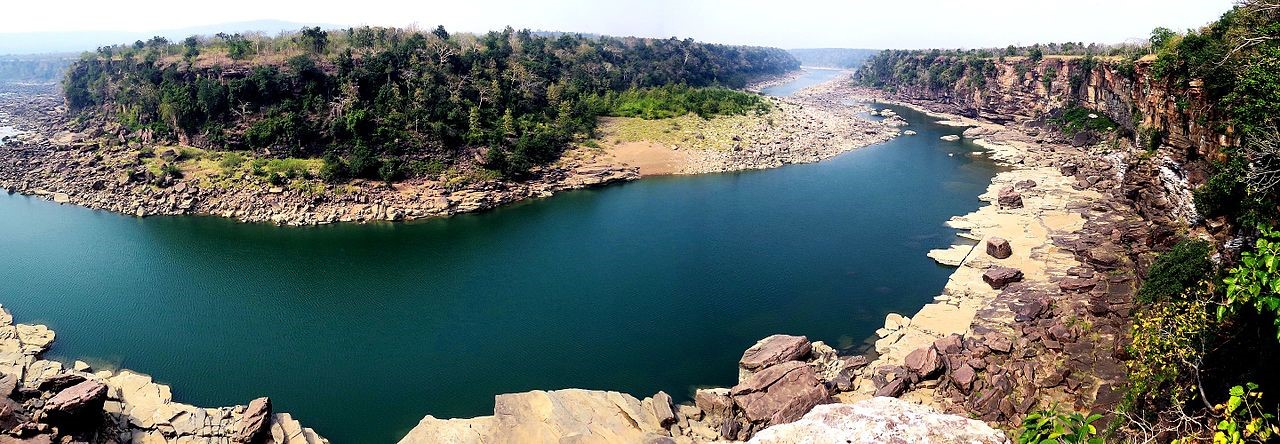Free Courses Sale ends Soon, Get It Now


Free Courses Sale ends Soon, Get It Now



Disclaimer: Copyright infringement not intended
Context
PM Modi cites crocodiles in Ken river to hail tech use in saving wildlife.
Details
Ken River
The Ken River is one of the major rivers of central India, flowing through the states of Madhya Pradesh and Uttar Pradesh.
Ken Gharial Sanctuary
Gharial
|
PRACTICE QUESTIONS If you want to see gharials in their natural habitat, which one of the following is the best place to visit?
Answer A |
© 2024 iasgyan. All right reserved